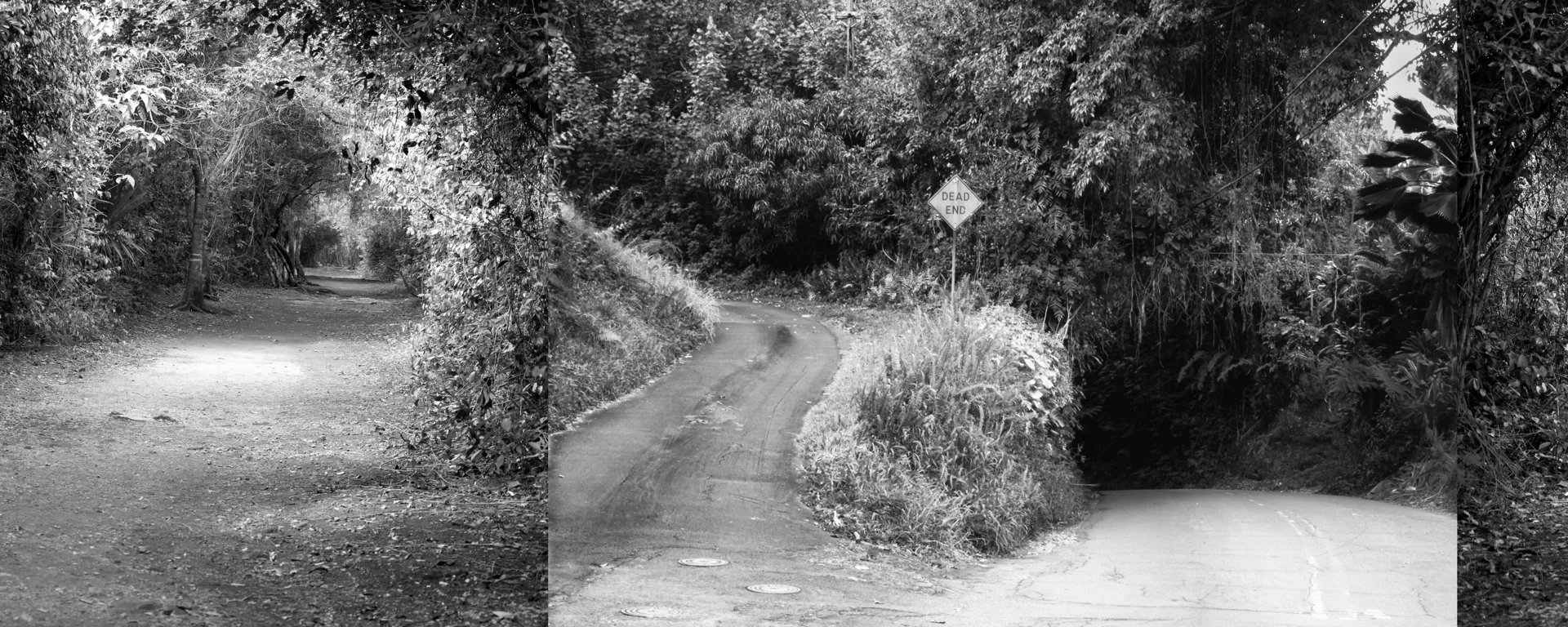Megan Hatch
The Oxford English dictionary defines hope as “a feeling of trust.” I’ve described it as my superpower. Hope has kept my head and heart above water for some time, including growing up rural and queer in a difficult time and place. I came to trust that if I could see possibility, I could keep going.
Older now, I’ve discovered that sometimes I have to leave behind something for which I once hoped. How does one give up hope, and still carry on? Grappling with this gut-check of a question, I found myself working with images that reminded me of the months after my mother passed. It turns out that the heart of my question is about grief. Grieving is the way in which you find yourself anew in a place that is also radically altered. Getting there often involves looking for a way out, looking for the thing you lost, and/or just lying on the floor weeping because the pull of gravity is too much. You come undone, and pass through days like a ghost. In this permeable state, you also start to feel how the world keeps reaching out to you. That reaching? That, to me, is hope. It is the world reminding me that I am a part of it, and it is a part of me. My mother wrote a haiku, only the last line of which I can now remember: “Death gives rise to wings.” What I think she was talking about is the way that letting go allows us to rise to meet the present. This is the moment that will see us through, not all the ones that came before or any possibility of one to come.
Sometimes the present moment is a hard one. Right now things that we hoped for and even began to see manifest are being taken away-bodily autonomy, trans and queer rights, affirmative action. This body of work is called Here We Be. In making it, I was reminded that hope doesn’t come from within me and it isn’t mine to give up. It is in the web of relations, human and otherwise, that makes up the world. It is in the letting go and the carrying on.










it is time
2023
13” x 22”
Archival inkjet print